A horse hoof is the most important organ to keep the animal riding fit. Horse hoof needs daily care and attention to keep the horse healthy. Horse hoof cracks are a common problem and range from shallow lines on the surface to deep fissures that extend to the sensitive layers of the foot and cause pain.
What Causes Cracks in Horse’s Hooves
The cause is usually abnormal mechanical forces acting on a weak or unbalanced hoof capsule. Injuries to the hoof capsule will also give rise to cracks, which can start at the ground surface or the coronet. Unsold horses in the field are most vulnerable, so your farrier must regularly trim your horse’s feet to remove excess growth.
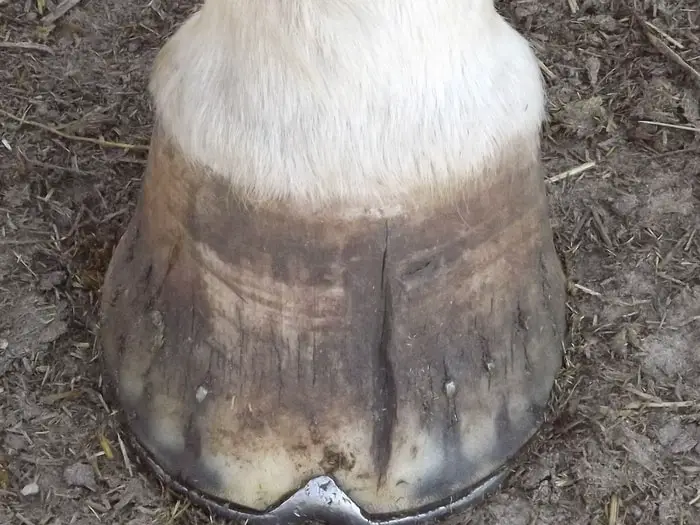
Hoof Cracks: Types
The most common types of horse hoof cracks are as follows:
- Grass Cracks.
- Sand Cracks.
- Heel Cracks.
- Bar Cracks.
- Toe Cracks.
- Quarter Cracks.
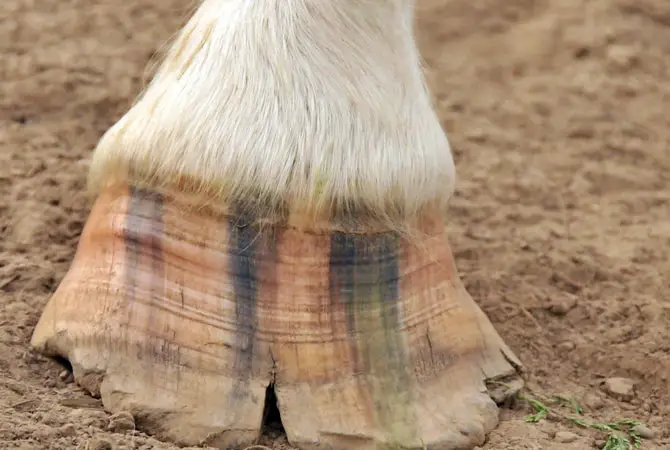
Symptoms of the Horse Hoof Cracks
There are different types of symptoms of horse cracks. Call your vet if you see a hoof crack with any of these signs:
- Any blood or pus that appears around the edges of the damage.
- Pain or lameness in horse.
- Any injury of the coronary band.
- Instability of the hoof wall.
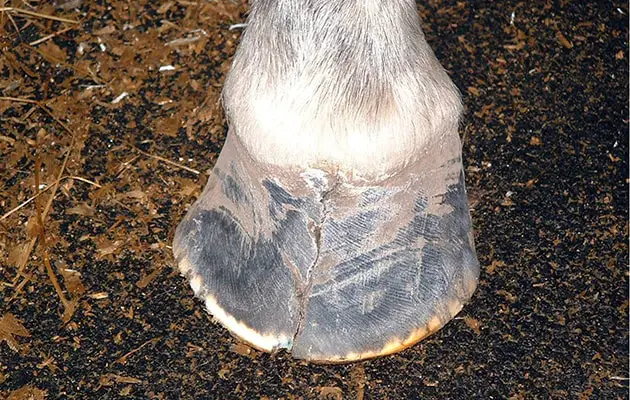
How to Treat Sand Cracked on Horse
Most moderate cracks, known as sand cracks, are best treated by good balancing and trimming by the farrier and by placing additional clips on the shoes on each side of the cracks to prevent them from extending. If the foot is left too long, leverage will be exerted differently on the two sides of the crack, requiring urgent specialist treatment.
The first task in such cases is to explore the crack and open it up to its total limits. It will often be underrun for some distance on either side of the damage with a soft, crumbly horn. This must be cut back to the standard horn to remove any unhealthy or infected tissue. The sides of the crack must be stabilized by using a bar shoe and extra clips and, in some cases, wiring or screwing the two sides together to prevent movement.
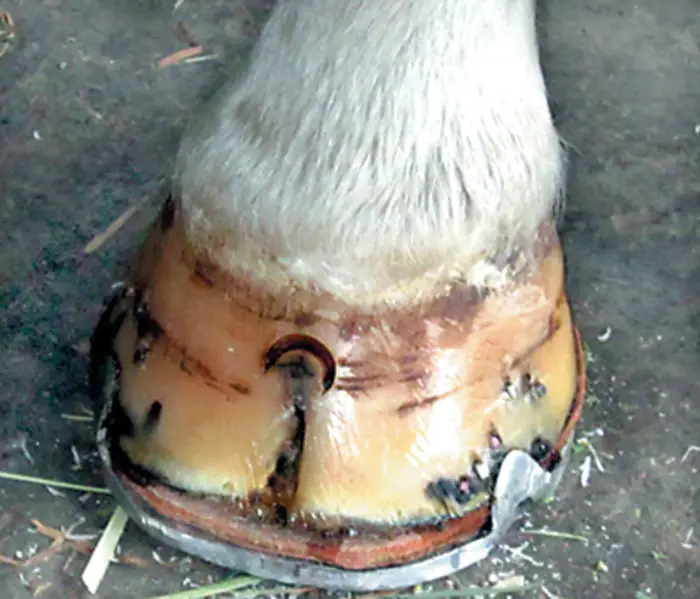
If the crack has not reached the coronet, it is essential to prevent it from doing so. This is achieved by cutting a deep horizontal groove in the horn, which acts as a moat. This allows the outer capsule to flex below the groove, but the crack cannot extend across the ditch because there is no contact between the two sides.
Recovery of Horse Hoof Cracks
The recovery time for such injuries will depend on the degree of lameness and the extent of the defect, but it is usually several months.
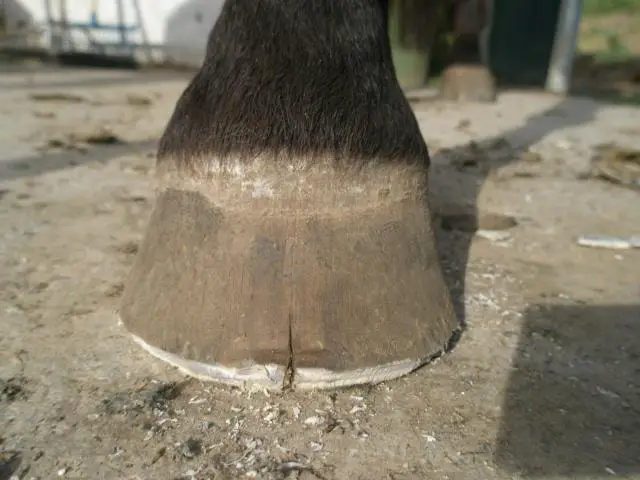
Final Talk On Horse Hoof Cracks
In seedy toe and crack problems, the defect created by curetting or scraping away the horn may be repaired with modern synthetic materials. However, repair may not always be desirable or necessary. The gap between the hoof and the repair material mat harbor contaminants, which can become trapped and introduce new infection. If it is possible to leave the defect open, this will ensure that thorough cleaning possible. Thank you for your time.